Rising Awareness of Health Benefits
The automotive sunroof market is also benefiting from a growing awareness of the health advantages associated with natural light exposure. Studies suggest that sunlight can enhance mood and overall well-being, leading consumers to seek vehicles that allow for greater light entry. As a result, automakers are increasingly promoting sunroofs as a means to improve the driving experience and promote a healthier lifestyle. This trend is particularly relevant in urban areas, where individuals may spend considerable time in their vehicles. Consequently, the automotive sunroof market is likely to see increased demand as consumers prioritize health-conscious features in their vehicle choices.
Enhanced Aesthetic Appeal of Vehicles
The aesthetic appeal of vehicles plays a crucial role in consumer purchasing decisions, and the automotive sunroof market is no exception. Sunroofs are often associated with a more stylish and modern vehicle design, which can significantly influence buyer preferences. As automakers strive to differentiate their models in a competitive market, the inclusion of sunroofs is becoming increasingly common. This trend is particularly evident in the SUV and crossover segments, where sunroofs are frequently marketed as a desirable feature. The automotive sunroof market is likely to benefit from this emphasis on aesthetics, as consumers seek vehicles that not only perform well but also look appealing.
Regulatory Support for Eco-Friendly Vehicles
The automotive sunroof market is positively impacted by regulatory initiatives aimed at promoting eco-friendly vehicles. Governments are increasingly incentivizing the production and purchase of electric and hybrid vehicles, many of which come equipped with sunroofs as a standard feature. This regulatory support not only encourages manufacturers to include sunroofs in their designs but also appeals to environmentally conscious consumers. As the market for electric vehicles continues to grow, the automotive sunroof market is expected to expand in tandem, with sunroofs becoming a common feature in eco-friendly models. This alignment with sustainability goals may further enhance the attractiveness of sunroofs in the automotive sector.
Technological Advancements in Sunroof Design
Innovations in sunroof technology significantly influence the automotive sunroof market. Manufacturers are increasingly integrating advanced features such as solar panels and automatic opening mechanisms, which enhance functionality and user experience. For instance, the introduction of panoramic sunroofs has transformed the market, allowing for larger glass areas that provide an open-air feel. This technological evolution is expected to attract a broader consumer base, particularly those seeking modern and stylish vehicles. Furthermore, the incorporation of smart glass technology, which can adjust transparency, is anticipated to further elevate the appeal of sunroofs, thereby contributing to the growth of the automotive sunroof market.
Increased Consumer Preference for Luxury Features
The automotive sunroof market experiences a notable surge in demand as consumers increasingly favor luxury features in vehicles. This trend is particularly pronounced among younger demographics, who often prioritize aesthetics and comfort. According to recent data, vehicles equipped with sunroofs can command a price premium of approximately 5-10% over similar models without this feature. As manufacturers respond to this consumer preference, the automotive sunroof market is likely to expand, with more models offering sunroof options as standard or premium features. This shift not only enhances the driving experience but also aligns with the growing trend of personalization in the automotive sector, thereby driving growth in the automotive sunroof market.


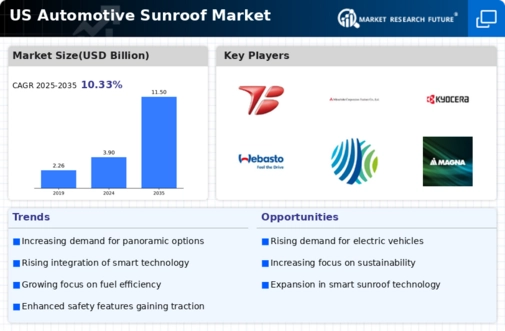
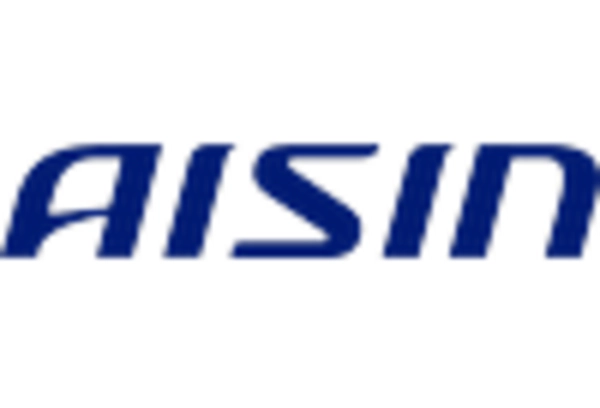

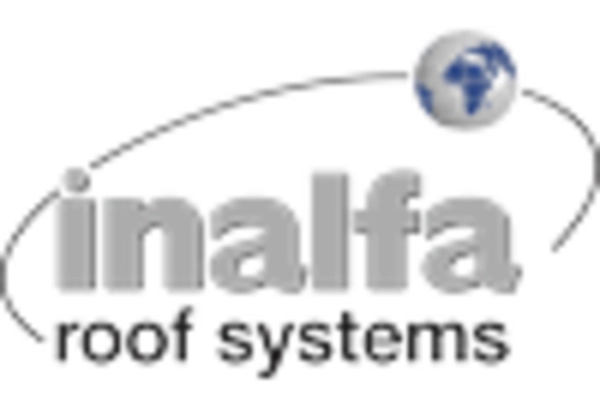
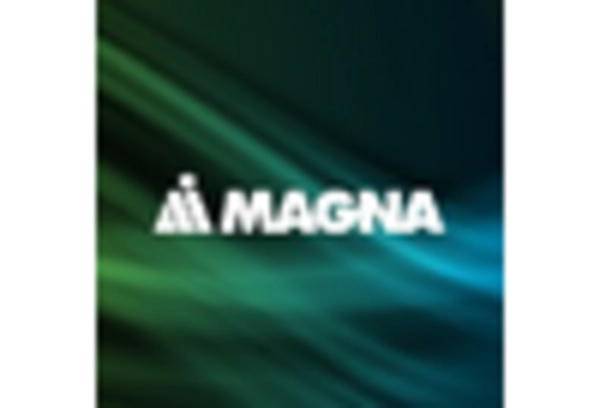
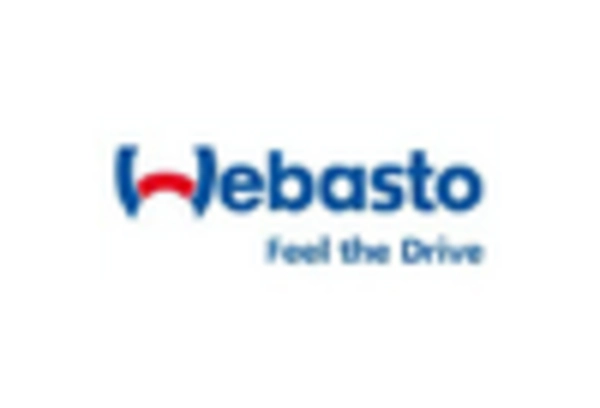
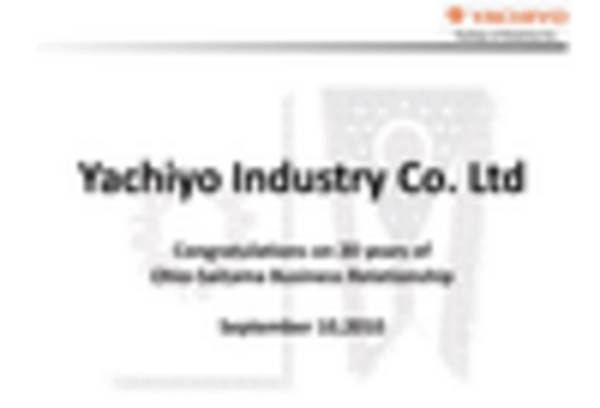








Leave a Comment